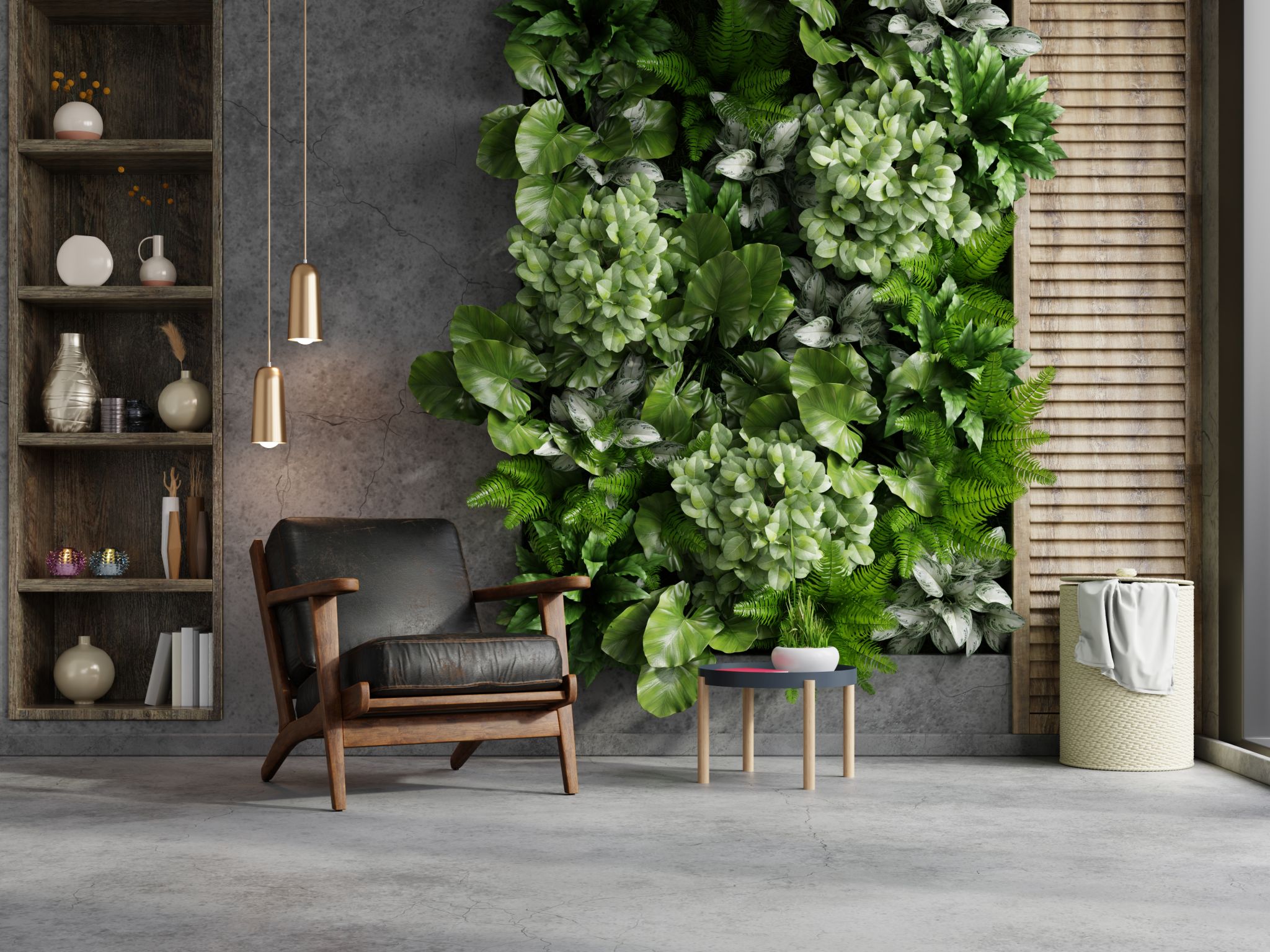Guide to Sustainable Materials for Home Interiors: Eco-friendly Choices for Amsterdam Homes
Po
Understanding Sustainable Materials
As the world becomes more environmentally conscious, many Amsterdam homeowners are seeking ways to incorporate sustainability into their home interiors. Sustainable materials are not only eco-friendly but also often bring a unique aesthetic and enhanced durability to living spaces. In this guide, we'll explore various sustainable materials that can be used in home interiors to create beautiful and environmentally responsible homes.
Sustainable materials are defined by their minimal impact on the environment during their production, use, and disposal. They are often sourced responsibly, are renewable, or have been recycled. Choosing such materials is a critical step toward reducing your carbon footprint and contributing to a healthier planet.

Types of Sustainable Materials
Bamboo
Bamboo is a popular choice for eco-friendly interiors due to its rapid growth and renewability. It can be used for flooring, furniture, and even wall coverings. Unlike traditional hardwoods, bamboo regenerates quickly, making it a more sustainable option with a similar aesthetic appeal.
Reclaimed Wood
Reclaimed wood is another excellent choice for sustainable home interiors. It involves reusing wood from old buildings, barns, or factories, which gives it a unique character and history. Using reclaimed wood reduces the demand for new logging and minimizes waste.
Cork
Cork is harvested from the bark of cork oak trees without harming the tree itself. It's an excellent insulator and provides a soft, warm surface underfoot. Cork's natural resilience makes it suitable for flooring and wall coverings in homes.

Sustainable Fabric Choices
Organic Cotton
Organic cotton is grown without harmful pesticides or fertilizers, making it a healthier choice for home textiles. From drapes to upholstery, using organic cotton supports sustainable farming practices and reduces environmental impact.
Linen
Linen is made from the flax plant, which requires less water and fewer chemicals to grow compared to other crops like cotton. Linen fabrics are durable, breathable, and biodegradable, making them a great choice for eco-friendly homes in Amsterdam.

Benefits of Sustainable Materials
Incorporating sustainable materials into your home interior offers numerous benefits beyond environmental preservation. These materials often offer enhanced durability and unique aesthetic qualities that can elevate the overall design of your home. Furthermore, by choosing sustainable options, you contribute to reducing pollution and conserving natural resources.
Moreover, homes built with sustainable materials tend to have better indoor air quality due to the absence of harmful chemicals often found in conventional building products. This can lead to healthier living environments for you and your family.

Conclusion: Making Eco-friendly Choices
Creating a sustainable home interior in Amsterdam is not only possible but also rewarding. By carefully selecting materials like bamboo, reclaimed wood, cork, organic cotton, and linen, you can design a space that reflects your commitment to the environment while enjoying the benefits of these unique materials.
As you embark on your journey toward a more sustainable lifestyle, remember that every small choice counts. From flooring to fabrics, each decision you make contributes to a healthier planet and a more beautiful home. Embrace the power of sustainable materials and transform your living space into an eco-friendly haven.